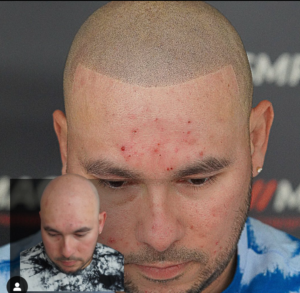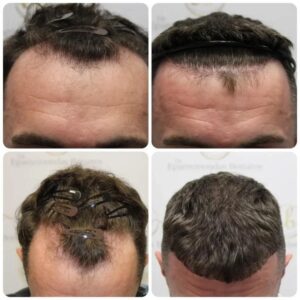Alopecia, a medical term for hair loss, can manifest in various forms, including bald patches on the head. Alopecia bald patches on the head can be distressing, impacting one’s self-esteem and overall quality of life.
Alopecia affects approximately 6.7 million people in the United States alone, with an estimated 2% of the global population experiencing some form of the condition during their lifetime. Among these, about 40% of individuals will experience their first hair loss episode before age 20.
These statistics underscore the prevalence and impact of alopecia on diverse populations. So, what are the underlying problems and possible solutions for alopecia baldness?
This blog post delves into these aspects, providing a comprehensive overview to help those affected by alopecia make informed decisions about their hair health.
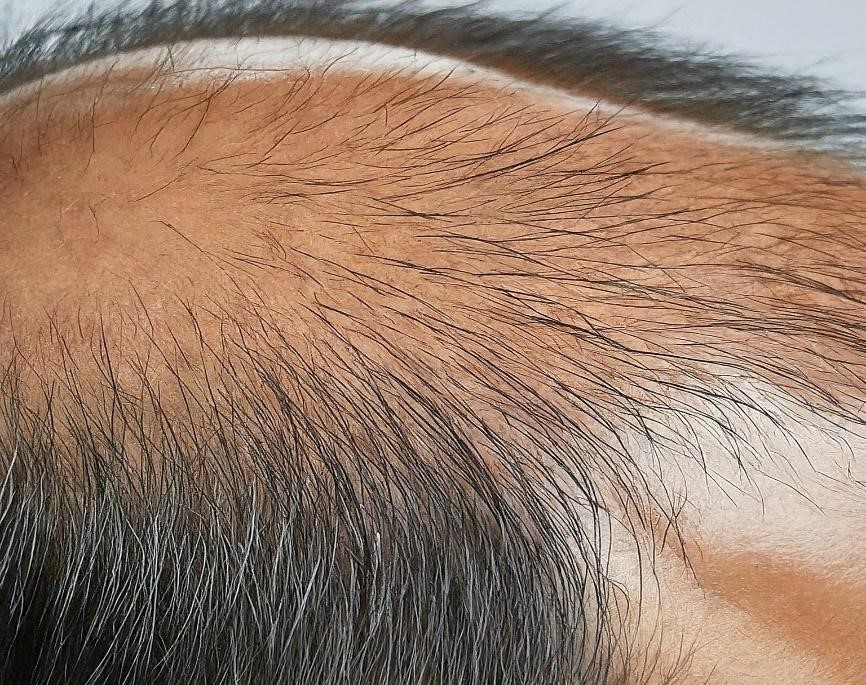
Table of Contents
Key Takeaway
Alopecia, which causes bald patches on the head, can result from various factors, including genetics, health conditions, and deficiencies in essential nutrients.
Recognizing the symptoms early and seeking appropriate diagnosis and treatment can significantly improve outcomes. Various treatment options, from medical and natural remedies to advanced surgical techniques, offer hope for those experiencing alopecia.
Symptoms of Alopecia Baldness on the Head
Alopecia bald patches on the head occur with early signs. You can spot them by paying attention to the following:
· Hair Loss on the Scalp
Alopecia can cause hair loss on the scalp and other body parts, including the face (eyebrows and eyelashes), chest, arms, and legs. The hair loss usually occurs in round, smooth patches.
· Itching in the Affected Area
Itching or a tingling sensation in the areas where hair loss occurs is a common symptom. This discomfort can precede or accompany the onset of bald patches.
· Gray Hair in the Affected Area
Sometimes, the hair that regrows in the affected areas may initially appear gray or white before returning to its natural color. This change is due to a lack of pigment in the newly formed hair.
· Lesions or Nail Pitting
Alopecia can sometimes affect the nails, causing pitting (tiny dents) or other abnormalities. Although less common, lesions or sores on the scalp may also be associated with certain types of alopecia.
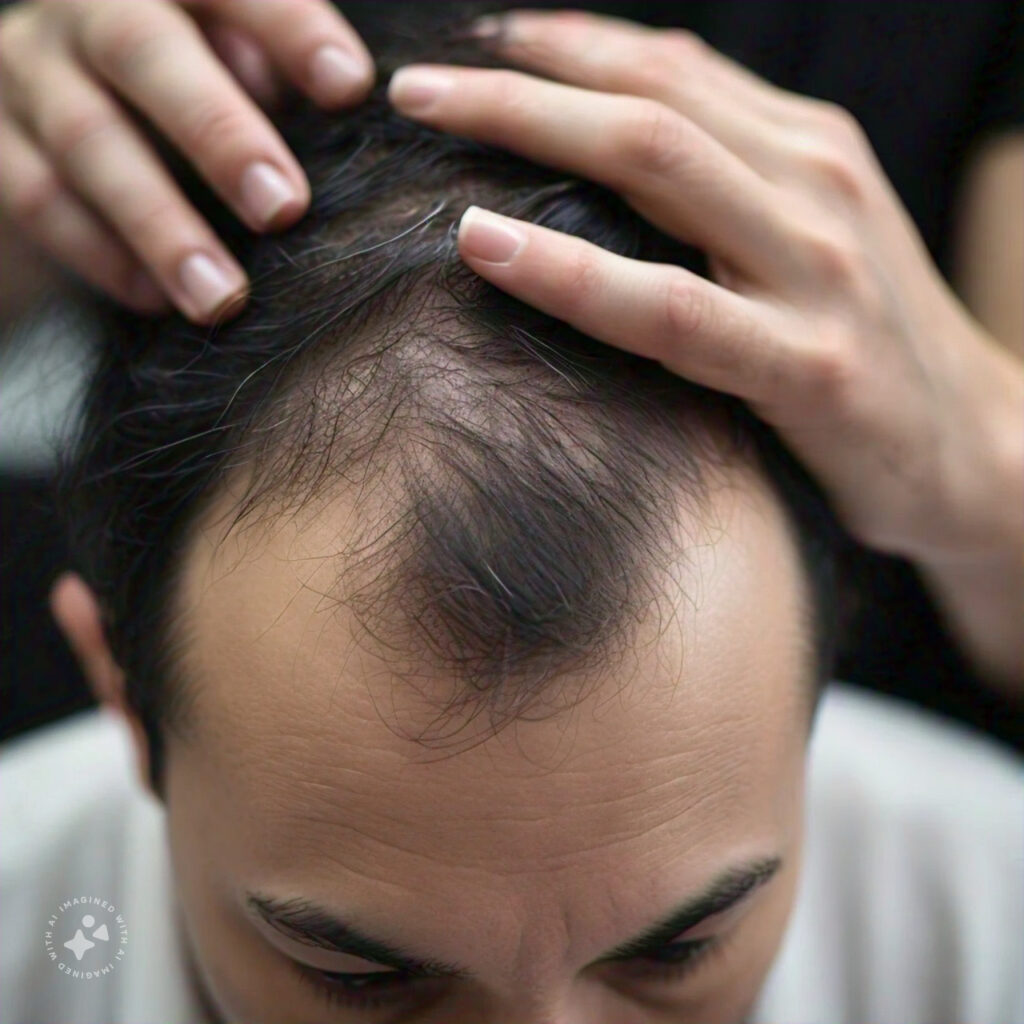
Causes of Alopecia Bald Patches on the Head
Several factors can lead to alopecia and pattern baldness in males and females. Here are some common causes of this condition:
A. Genetics
Genetics plays a significant role in alopecia. A family history of the condition increases the likelihood of developing it, and genetic predisposition can influence the onset, pattern, and severity of hair loss.
B. Health Conditions
Autoimmune disorders, such as alopecia areata, lupus, and thyroid diseases, can trigger hair loss. In these conditions, the immune system mistakenly attacks healthy hair follicles, leading to hair loss.
C. Mineral and Vitamin Deficiencies
Deficiencies in essential vitamins and minerals, such as iron, zinc, and vitamins D and B12, can contribute to hair loss. A balanced diet rich in these nutrients is crucial for healthy hair growth.
D. Age
Age is a natural factor in hair loss. As people age, hair growth slows down, and hair follicles shrink, leading to thinner hair and eventual bald patches. Age-related hair loss is often gradual and can be influenced by genetics and overall health.
Diagnosis of Alopecia Baldness on the Head
Diagnosing alopecia involves a thorough examination by a healthcare professional, typically a dermatologist. Baldness is common in young people, and a recent study revealed that 40% of patients manifest Alopecia areata by age 20.
The process includes a detailed medical history, physical examination, and sometimes additional tests to determine the underlying cause of hair loss.
- Medical History and Physical Examination: The doctor will ask about your medical history, family history of hair loss, and any recent illnesses or stressors. They will also examine your scalp and other areas where hair loss occurs.
- Scalp Biopsy: In some cases, a small piece of scalp tissue may be removed and examined under a microscope to better understand the cause of hair loss. This test helps differentiate between various types of alopecia and other scalp conditions.
- Blood Tests: Blood tests can help identify underlying health issues contributing to hair loss, such as thyroid problems, autoimmune disorders, or nutrient deficiencies. Tests for iron levels, thyroid function, and specific vitamins and minerals are commonly performed.
- Pull Test: During a pull test, the doctor gently pulls on a small section of hair to see how many hairs come out. This test helps evaluate the severity of hair loss and the stage of the shedding process.
- Dermatoscopy: A dermatoscope is a handheld device that closely examines the scalp and hair follicles. It can reveal details about the hair shaft, follicle openings, and overall scalp health, aiding in diagnosis.
- Allergy Tests: In some cases, allergy tests may be conducted to rule out allergic reactions as a cause of hair loss.
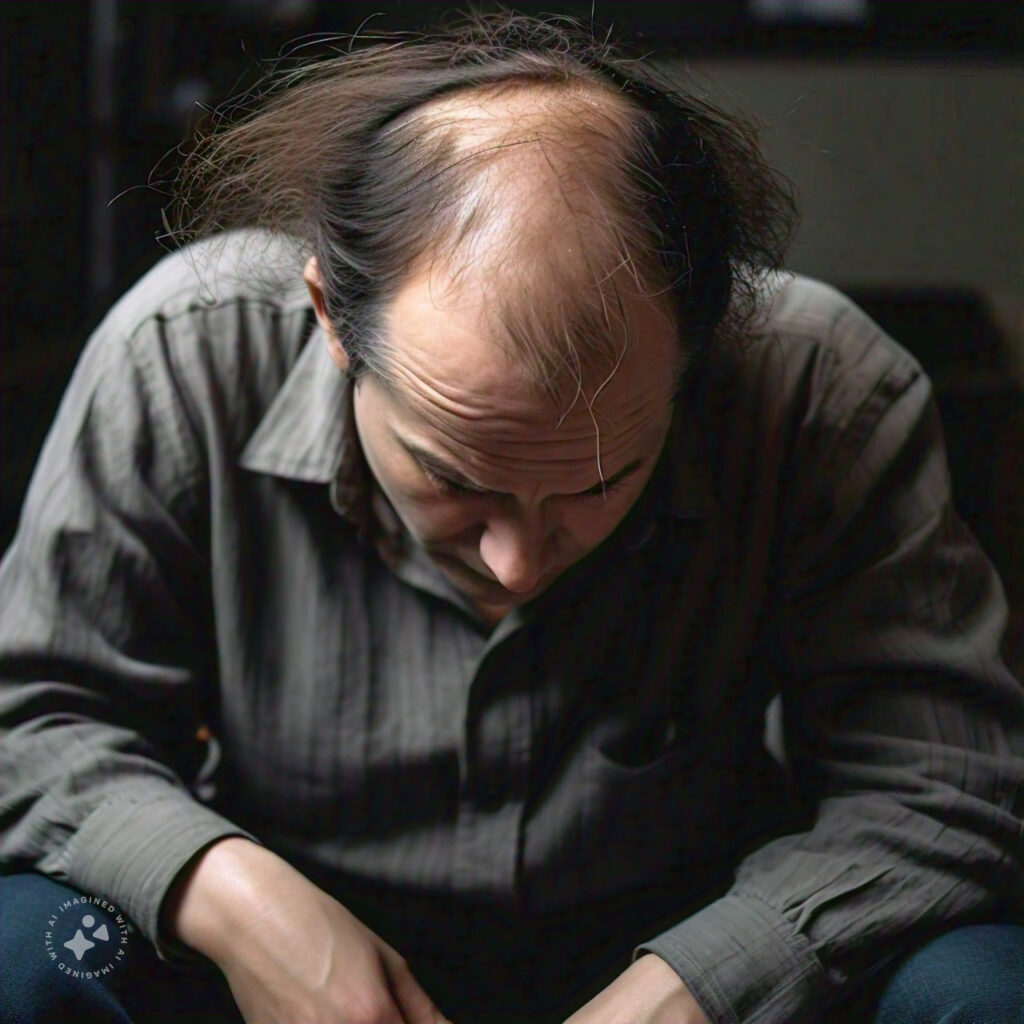
Treatment of Alopecia Bald Patches on the Head
Here are some treatment options for alopecia bald patches on the head:
1. Scalp Micropigmentation (SMP)
SMP is a non-surgical treatment that involves tattooing tiny dots on the scalp to mimic the appearance of hair follicles. This technique can create the illusion of a fuller head of hair and is particularly effective for those with significant hair loss or bald patches.
If you’re in New York and in need of the services of an expert SMP artist, Mac SMP is your best bet. Click here for a free consultation now!
2. Medical Treatments
- Minoxidil: An over-the-counter topical treatment, minoxidil can stimulate hair growth and slow hair loss in some people. It is available as a liquid or foam applied to the scalp.
- Finasteride: Finasteride is a prescription oral medication that can help reduce hair loss and promote regrowth by inhibiting the hormone that shrinks hair follicles.
3. Natural Treatments
- Essential Oils: Oils like rosemary, peppermint, and lavender have been shown to promote hair growth and improve scalp health. You can massage it into the scalp regularly.
- Aloe Vera: Known for its soothing properties, aloe vera can help reduce scalp inflammation and promote a healthy environment for hair growth.
- Balanced Diet: A diet rich in essential vitamins and minerals, particularly iron, zinc, and vitamins D and B12, can support healthy hair growth and prevent deficiencies that contribute to hair loss.
4. Surgical Techniques
- Hair Transplant Surgery: Procedures like Follicular Unit Extraction (FUE) and Follicular Unit Transplantation (FUT) involve transplanting hair follicles from one part of the body to the bald patches on the scalp. These techniques can provide long-lasting and natural-looking results.
- Scalp Reduction: This surgical procedure involves removing bald patches of the scalp and stretching the surrounding skin to cover the area. It is less commonly performed but can be an option for some individuals.
Wrapping Up
Alopecia bald patches on the head can be challenging to cope with, but understanding the symptoms, causes, and available treatments can empower individuals to take control of their hair health. From medical treatments and natural remedies to advanced surgical techniques, various options can help manage hair loss and promote regrowth.
If you’re experiencing alopecia, consult with a healthcare professional to determine the best course of action for your specific condition.
Want to explore our treatment option at Mac SMP? Book a consultation with us now!
Enjoy This Article? You May Also Like:
- Alopecia Baldness Explained: Causes, Treatments, And How Mac SMP Can Help.
- Balding Hair: Myths Vs. Facts And Effective Strategies To Combat It
- Hair Loss Thinning: Causes, Prevention And Treatment Options
- Scalp Micropigmentation Training: From Beginner To Mastery – The Ultimate Guide To Becoming An SMP Technician
- Hair Thinning: Why Your Hair Are Thinning And What To Do About It

